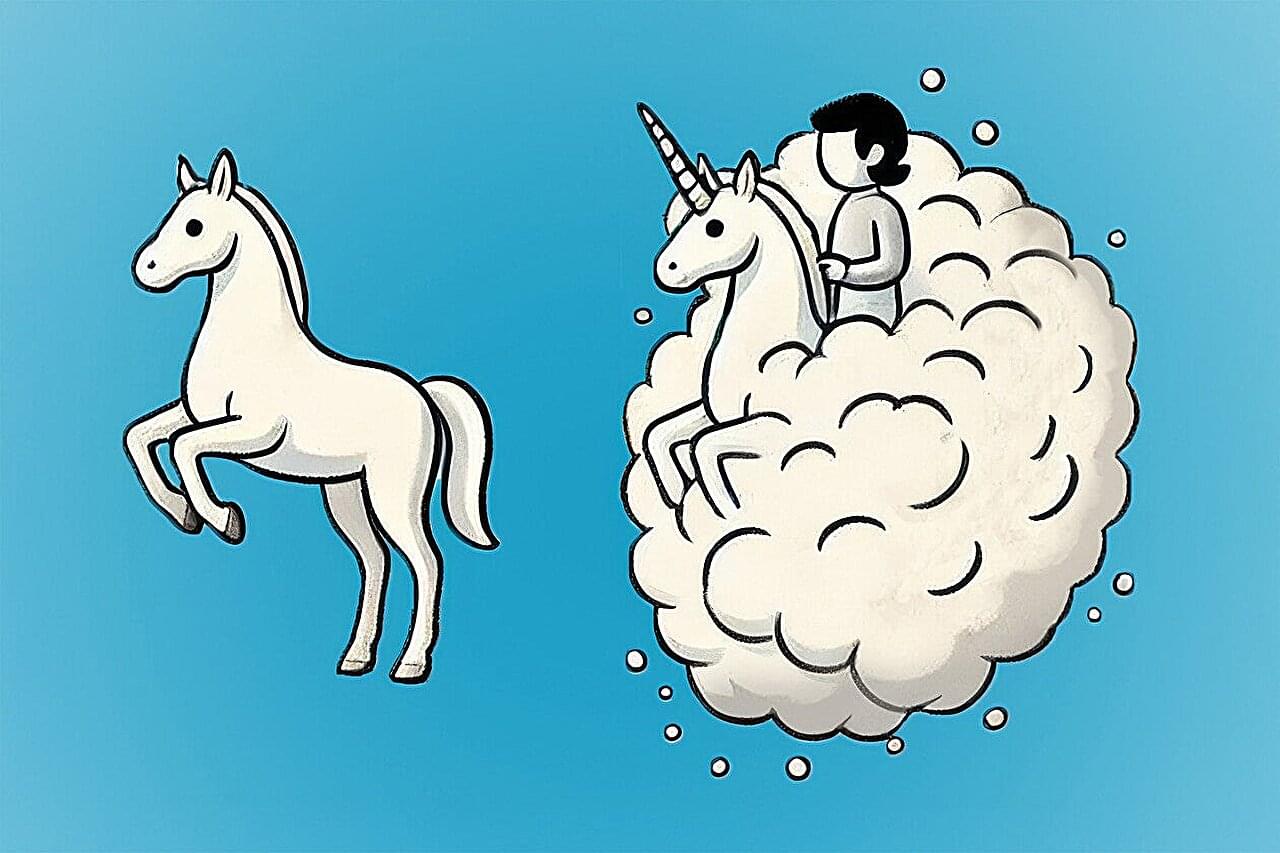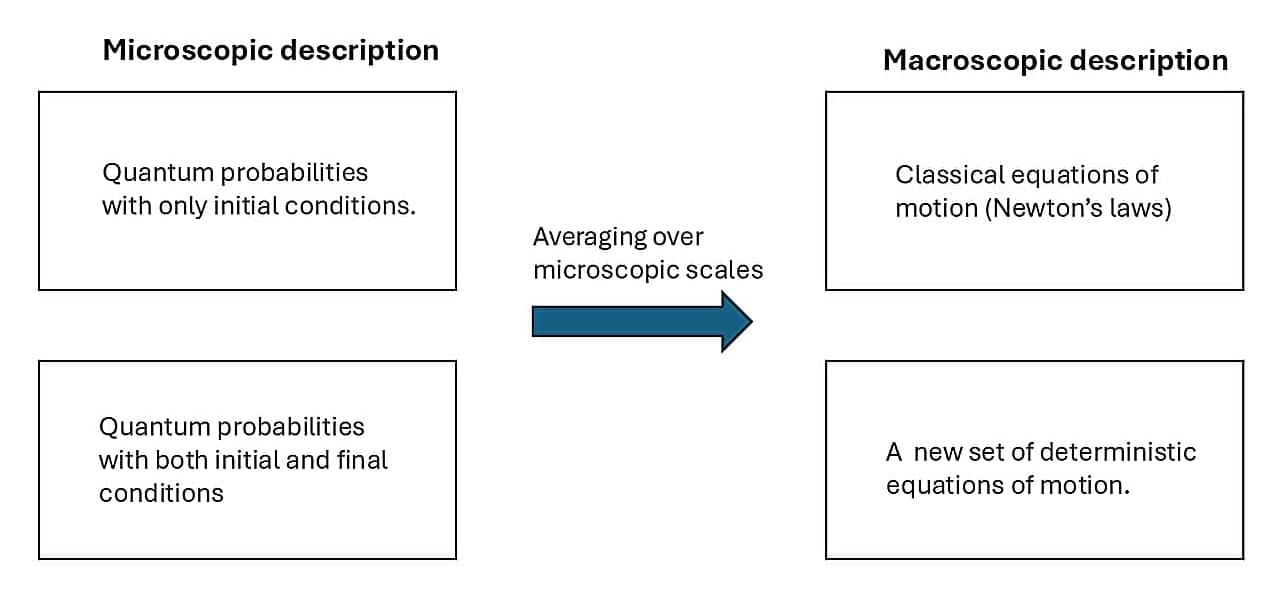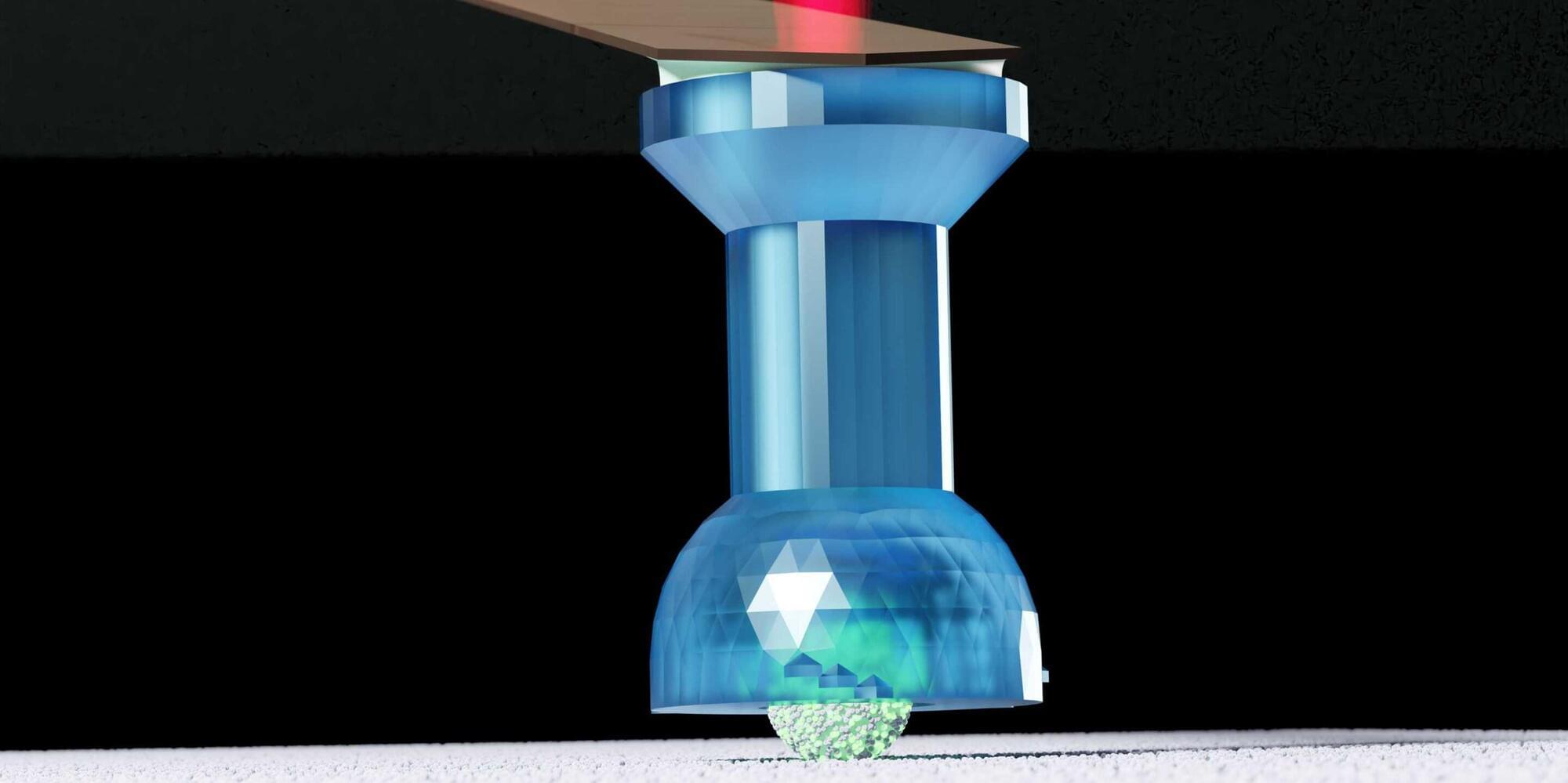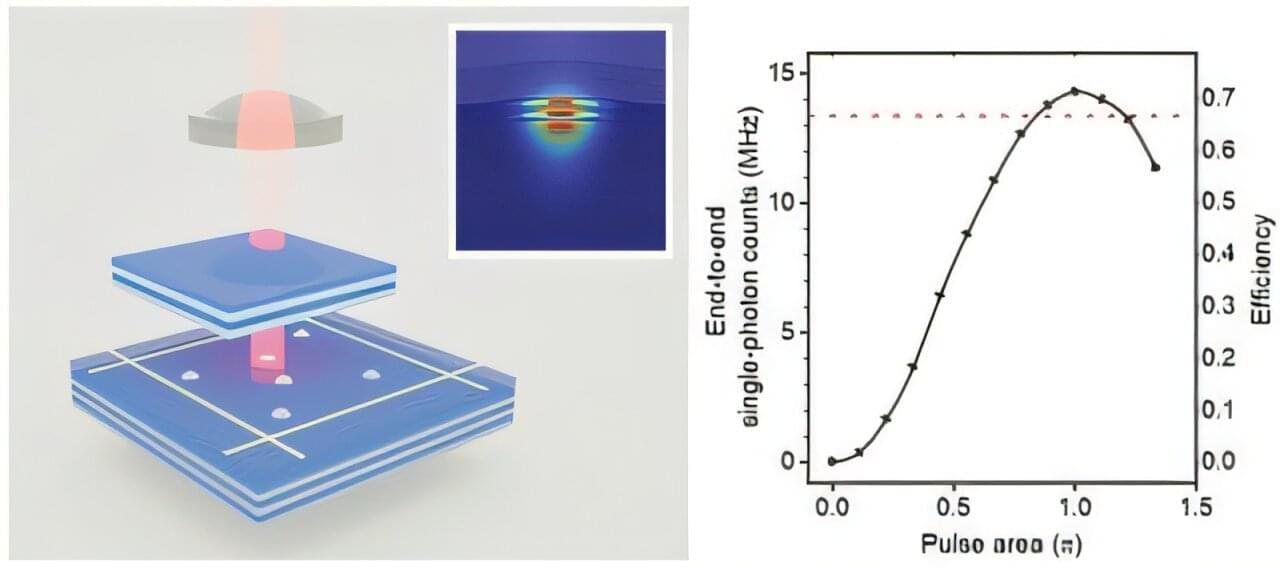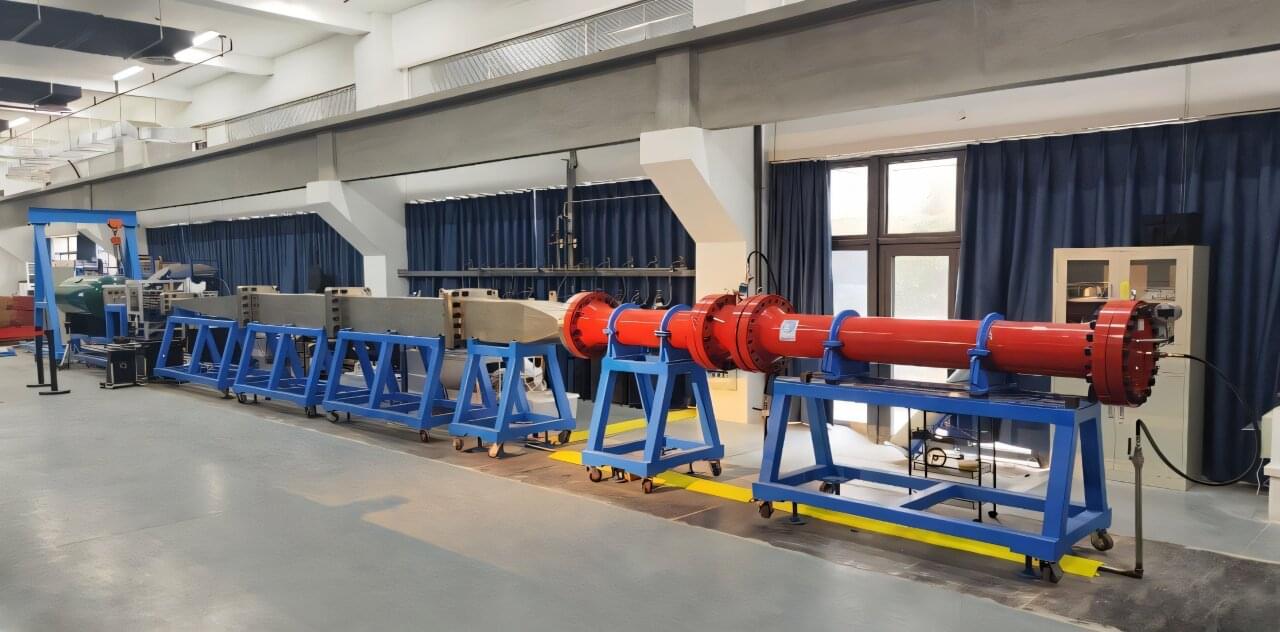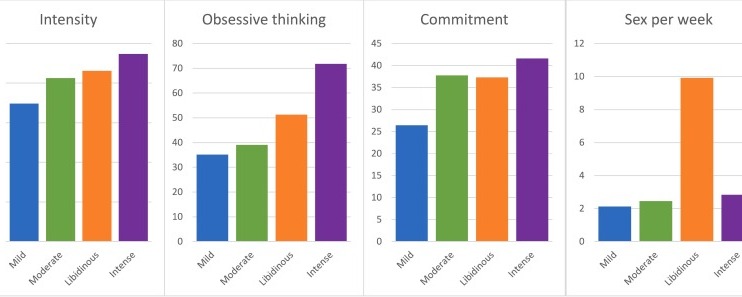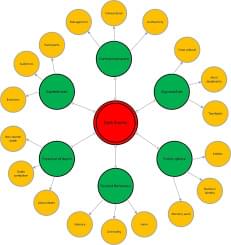For the better part of a century, the quantum objects known as quasiparticles have been all dressed up with nowhere to go. But that may change, now that a Yale-led team of physicists has shown it is possible to exert a greater level of control over at least one type of quasiparticle.
The discovery upends decades of fundamental science and may have wide applications for quantum-related research in the years ahead.
A quasiparticle is an “emergent” quantum object—a central, core particle surrounded by other particles that, together, demonstrate properties not found in each individual component. Quasiparticles have become the central conceptual picture by which scientists try to understand interacting quantum systems, including those that may be used in computing, sensors, and other devices.
